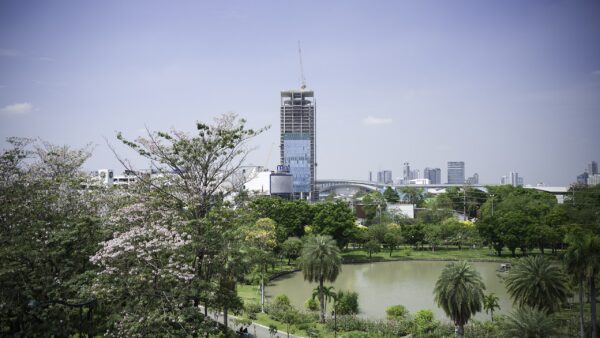After six years’ work, China has completed an 11km-long bridge between Shanghai and the city of Nantong, across the Yangtze river.
The $2.1bn Shanghai-Changjiang River Bridge has a double-deck structure, with six-lanes of road traffic on top and four railway lines underneath, making it the longest road-rail cable-stayed bridge in the world. The 1km suspended span allows ship traffic on the river; the remainder takes the form of a causeway.
The rail element also completed the Shanghai-to-Nantong railway, which will reduce the drive time between China’s most populous city and the north of Jiangsu Province from 3.5 hours to one, and replaces a four-hour ferry trip with a 30-minute railway journey. The 143km link will initially operate a maximum of 45 pairs of passenger trains a day, along with six pairs of freight trains travelling at speeds of up to 200km/h.
Wang Feng, the deputy general of China State Railway Group, commented: “The opening of the bridge and the railway will advance the integration of the Yangtze River Delta area, as well as the construction of the coastal and Beijing-Shanghai railway channels.”
He added that many new technologies were used in the cable-stayed bridge, including an advanced anti-collision system and cables with the highest tensile strength in the world. “The anti-collision system can warn the river traffic authority within 3km if a ship appears likely to strike a bridge pier,” he said.
The bridge took 480,000 tonnes of steel to make, and its 330m main pylon is the world’s tallest for a combined cable-stayed bridge. The pylon will also have the world’s largest deep-water sink foundation, covering an area the size of 12 basketball courts and 115m in depth.
Jiangsu province has six railways under construction. More than $25.5bn will be invested to construct the 1,021 km of railways, according to the Jiangsu Transport Bureau.
Image: The 11km bridge took six years, four months to build (Still from a video about the bridge by CGTN)
Further reading:










